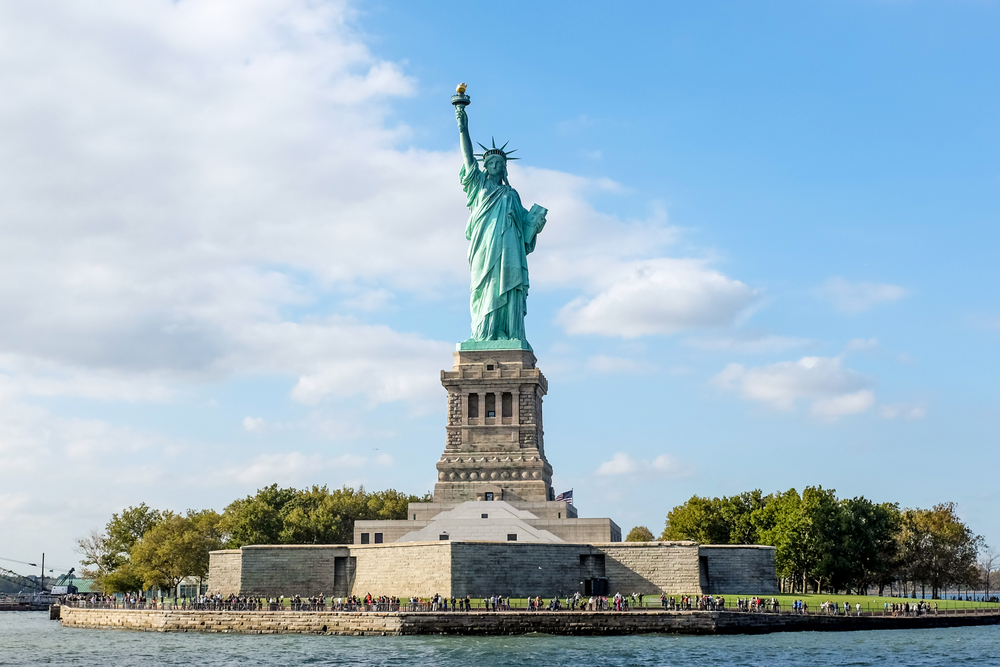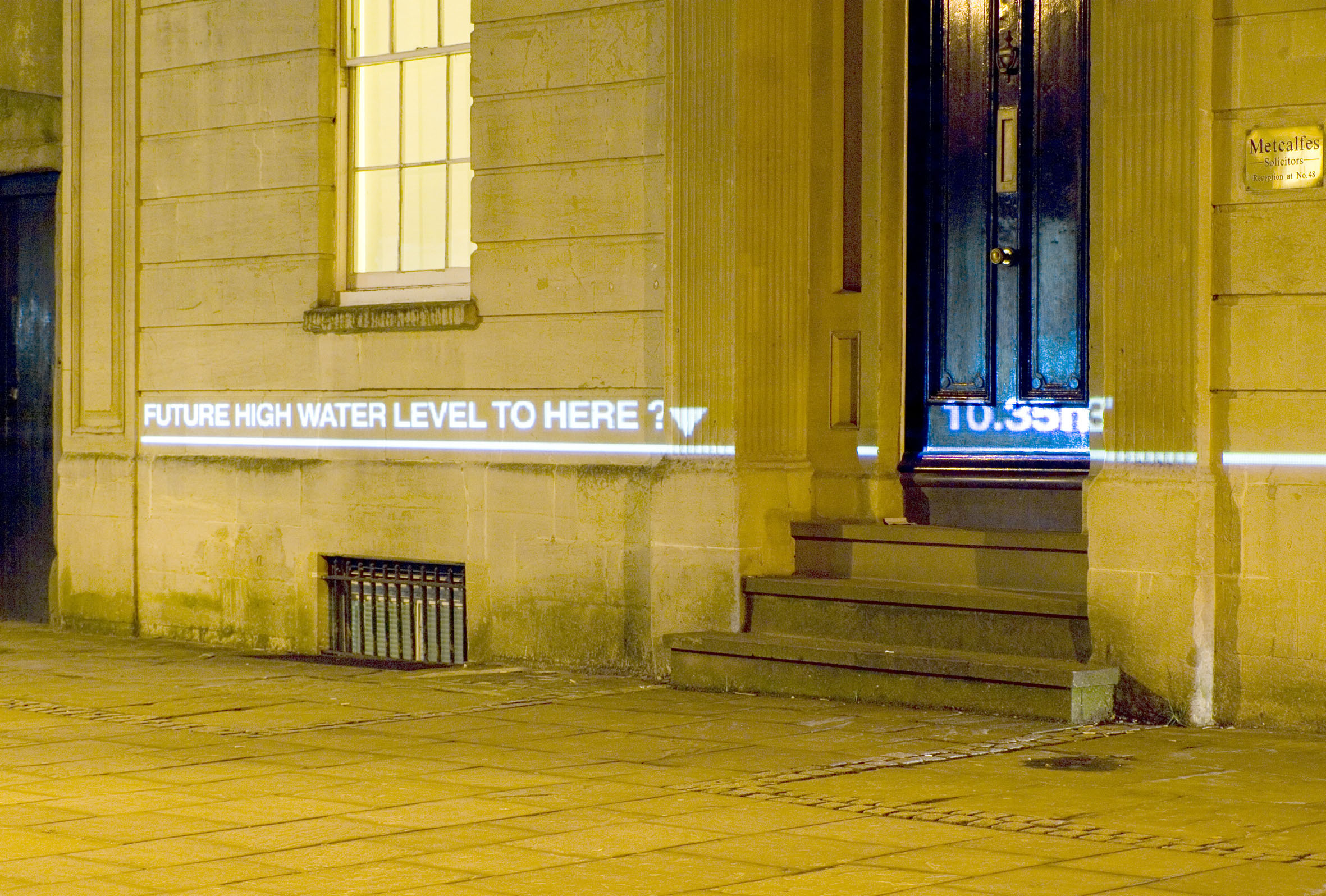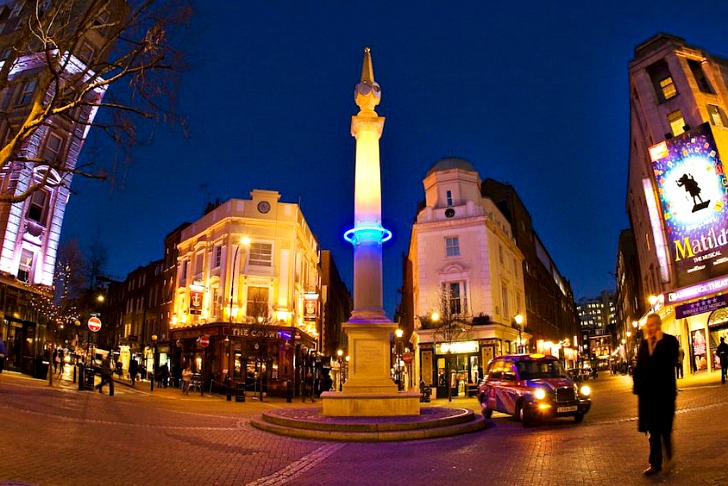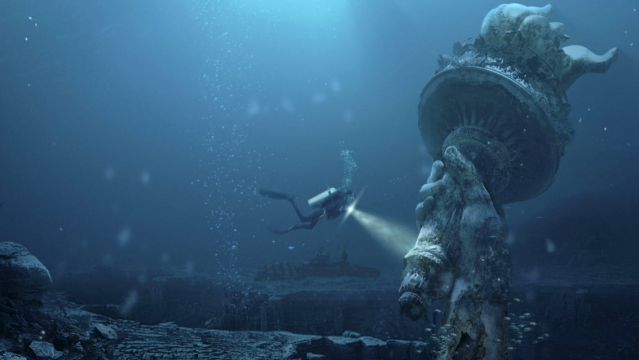Intellectually, we all know that sea level rise is real — but it’s hard to imagine exactly how it will effect us in the long term. A new study does just that by calculating which UNESCO Heritage Sites are most at-risk for being submerged by the rising tides. The results are devastating.
The study was published this week in the Environmental Research Letters looks at how the current rate of sea level change will effect UNESCO World Heritage Sites. The authors’ methodology involves extrapolating what we currently know about sea level rise, combined with historical models of glacier and ice sheet melt, as well as mass relocation due to Earth’s gravity. Then, they looked at which UNESCO sites would be impacted by their projected temperature anomaly, and ranked them based on which would be submerged first.

The team’s findings are, by necessity, pretty upsetting. If the current trend of sea level rise continues, temperatures will increase 3C over the next 2000 years — and at least one-fifth of the UNESCO Heritage Sites will be underwater. Ben Marzeion, the University of Innsbruck professor who is lead author on the study, explained the implications to The Guardian:
It’s relatively safe to say that we will see the first impacts at these sites in the 21st century. Typically when people talk about climate change it’s about the economic or environmental consequences, how much it’s going to cost. We wanted to take a look at the cultural implications.
You can check out the full list here, but highlights include the Sydney Opera House:

Picture: Leah-Anne Thompson
The Statue of Liberty:

Picture: Sanchai Kumar
Independence Hall:

Picture: trekandshoot
Those are just a few (Anglo-centric) items on the list, which also includes historic parts of Amsterdam, Naples, Goa, Pompeii and Istanbul — not to mention all of Venice.
Contemplating what will happen down the road, when the water starts to encroach on our monuments, is difficult. Artists like Chris Bodle have attempted to make the rising tides more tangible — in Bodle’s case, by projecting future high water marks onto notable buildings around coastal cities:

Picture: Chris Bodle’s Watermarks Project.
Or Michael Pinsky, an artist who wrapped London monuments in neon lights to represent where high tide would be in 3012:

Picture: Julian Andrews 2012.
Still, for most of us, sea level rise is more of an abstract concept than a reality.
How will we meet the water when it comes? Will we build massive damming infrastructures to save our most beloved cultural sites? Or will the Statue of Liberty become a modern-day Atlantis, a popular site for the scuba divers of New New York? [Environmental Research Letters; The Guardian]
